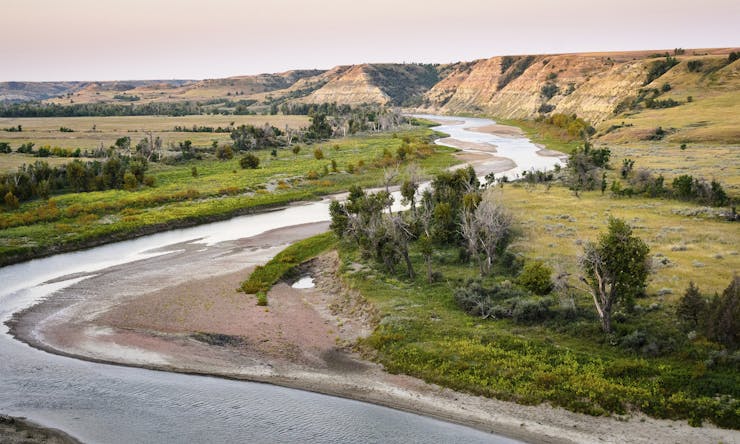Hip Hop Artist Drake must have been talking about North Dakota when he rapped that catchy line, “What a time to be alive.” First the state’s oil boom jumpstarted a stale state economy, and then North Dakota State ran off five consecutive national championships in college football.
Tonight: the cherry on top. North Dakotans just voted to legalize medical cannabis. With more than 60 percent of the vote reported, North Dakota is passing medical cannabis legalization with a healthy 63% approval.
What happens next? Don’t worry, North Dakota, we got you covered.
First of all: Medical cannabis is not quite legal yet. It will take time for the initiative to become legally effective. The State Department of Health will have 90 days after the election to implement rules and regulations regarding medical marijuana.
Here are the basic parameters. A qualified patient could be dispensed up to three ounces of usable cannabis, and could grow cannabis if his or her home is located more than 40 miles from the nearest registered facility. The definition of “usable marijuana,” according to the initiative, includes the dried leaves and flowers of the marijuana plant, and any mixture or preparation of those dried leaves and flowers, including but not limited to tinctures, ointments, and other preparations.
To be a qualified patient, the following list of medical conditions are covered under the compassionate care act in North Dakota.
These Medical Conditions Are Covered:
Cancer and its treatments
Epilepsy
Multiple sclerosis
HIV/AIDS
Hepatitis C
Glaucoma
Amyotrophic lateral sclerosis (ALS or Lou Gehrig’s disease)
Post-traumatic stress disorder (PTSD)
Alzheimer’s disease (Dementia)
Crohn’s disease
Fibromyalgia
Spinal stenosis
A chronic or debilitating disease, medical condition, or its treatment that produces one or more of the following:
Cachexia
Wasting syndrome
Severe debilitating pain that has not responded to previously prescribed medication or surgical measures for more than three months or for which other treatment options produced serious side effects
Intractable nausea
Seizures
Severe and persistent muscle spasms
Compassion centers, or dispensaries, shall possess no more than 1,000 cannabis plants irrespective of the stages of growth at the center. Also, the centers cannot possess more than 3,500 ounces of usable marijuana regardless of its formulation.
Compassion centers also must maintain not-for-profit status, and the application fee for state licenses is $5,000. Beyond that, the North Dakota Medicinal Cannabis Initiative does not include details about the application process.




